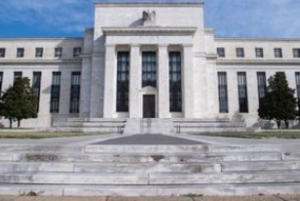Was the CPI Report a Bearish Gamechanger?
What’s in Today’s Report:
- Was the Hot CPI Report a Bearish Gamechanger?
- CPI Takeaways
- Chart: Real Rates Surge – 5-Yr TIPS Yield Tops 1%
Equity futures are bouncing modestly relative to yesterday’s steep declines as Treasury yields are steady and the dollar is easing back with investors continuing to digest the hotter than expected August CPI report.
Economically, U.K. inflation data came in cooler than feared (PPI unexpectedly declined and CPI undershot estimates) but Eurozone Industrial Production for July badly disappointed at -2.3% vs. (E) -0.8%.
Looking into today’s session, there are no Fed officials scheduled to speak and no potentially market-moving Treasury auctions which will leave the focus on the PPI report due out ahead of the bell(-0.1%, Core: +0.3%).
If the wholesale inflation data comes in “cooler” than expected, leaving yields and the dollar to give back some of yesterday’s gains, stocks should be able to attempt to stabilize, however, another “hot” print would likely mean further losses in the midst of renewed dollar strength and likely rising rates.
